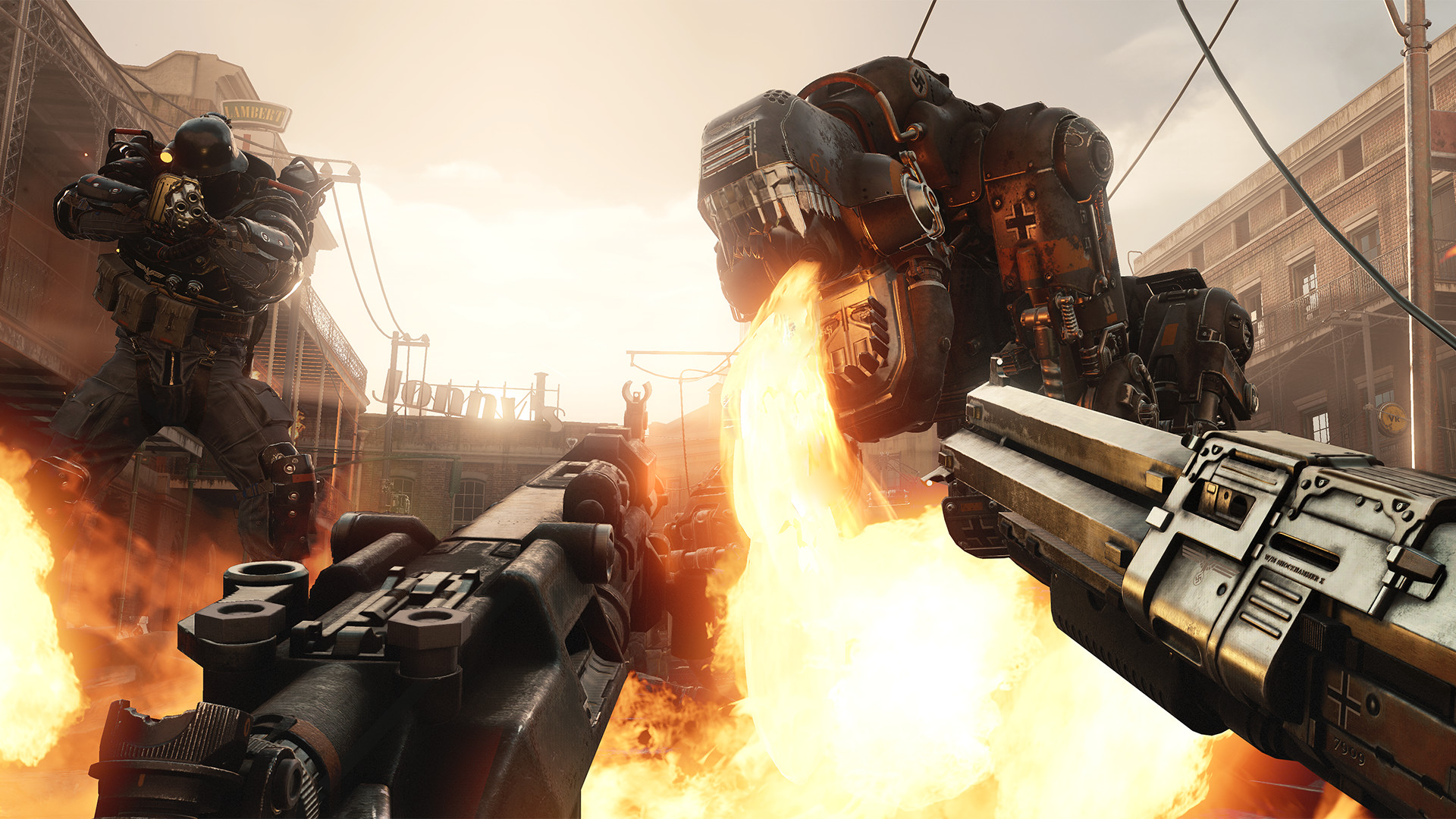

Bethesda unveiled Wolfenstein II: The New Colossus at E3 in June and it’s due to land this week. A sequel to Wolfenstein The New Order, it’s set in 1961 America in an alternate timeline where the Nazis won the war.
We're about to dig in to the science behind the game, but before we do, here's the trailer.
In our timeline, America dropped an atom bomb, the USSR launched Sputnik, and scientists have just switched on the world's first laser. But, in the Wolfenstein universe, the Third Reich is about to collide with 1960s America, and technology's taken a different turn.
Parallel universes
The Wolfenstein timeline diverges from our own during World War II, taking place in a parallel universe that saw Axis conquer Europe. And it's not beyond the realms of possibility.
Our universe is everything we can see, but we can't see everything. We sit at the centre of a visibility bubble known as a 'Hubble sphere'. And, according to Max Tegmark, there could be four types of multiverse beyond.
The universe is expanding and there's no guarantee we can see the edges. Objects beyond our Hubble sphere are rushing away from us so fast that their light can't get here in time for us to see it.
There could be a patchwork of Hubble spheres beyond our field of view that extends into infinity. This is a level I multiverse.
Sign up to the T3 newsletter for smarter living straight to your inbox
Get all the latest news, reviews, deals and buying guides on gorgeous tech, home and active products from the T3 experts
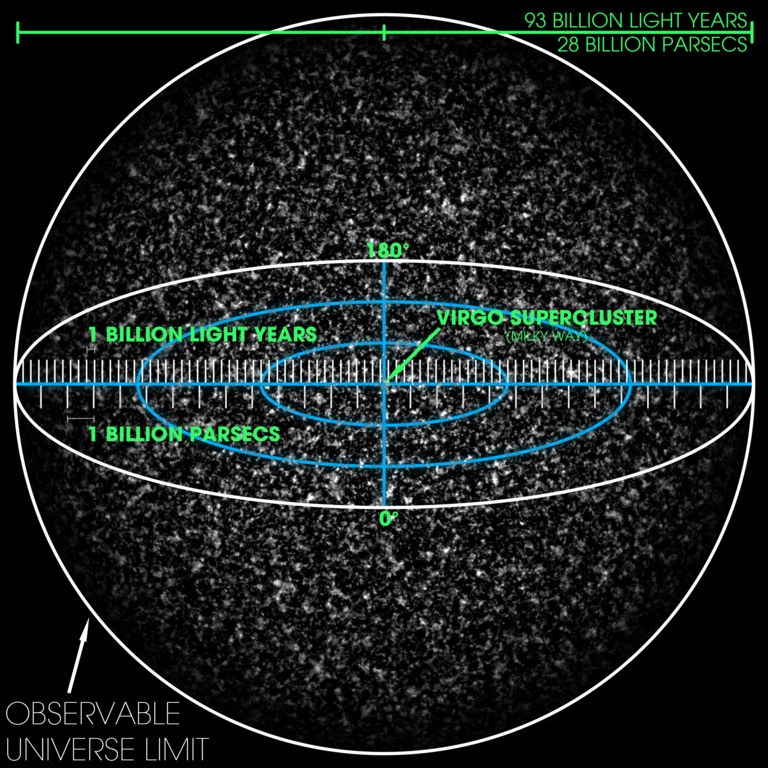
There would only be a finite number of ways to arrange the particles in each one of these spheres. So, Tegmark reckons that there should be an identical copy of you about 10 to the power 1029 meters away.
And, if that's the case, who's to say that there isn't a Wolfenstein Earth out there somewhere too.
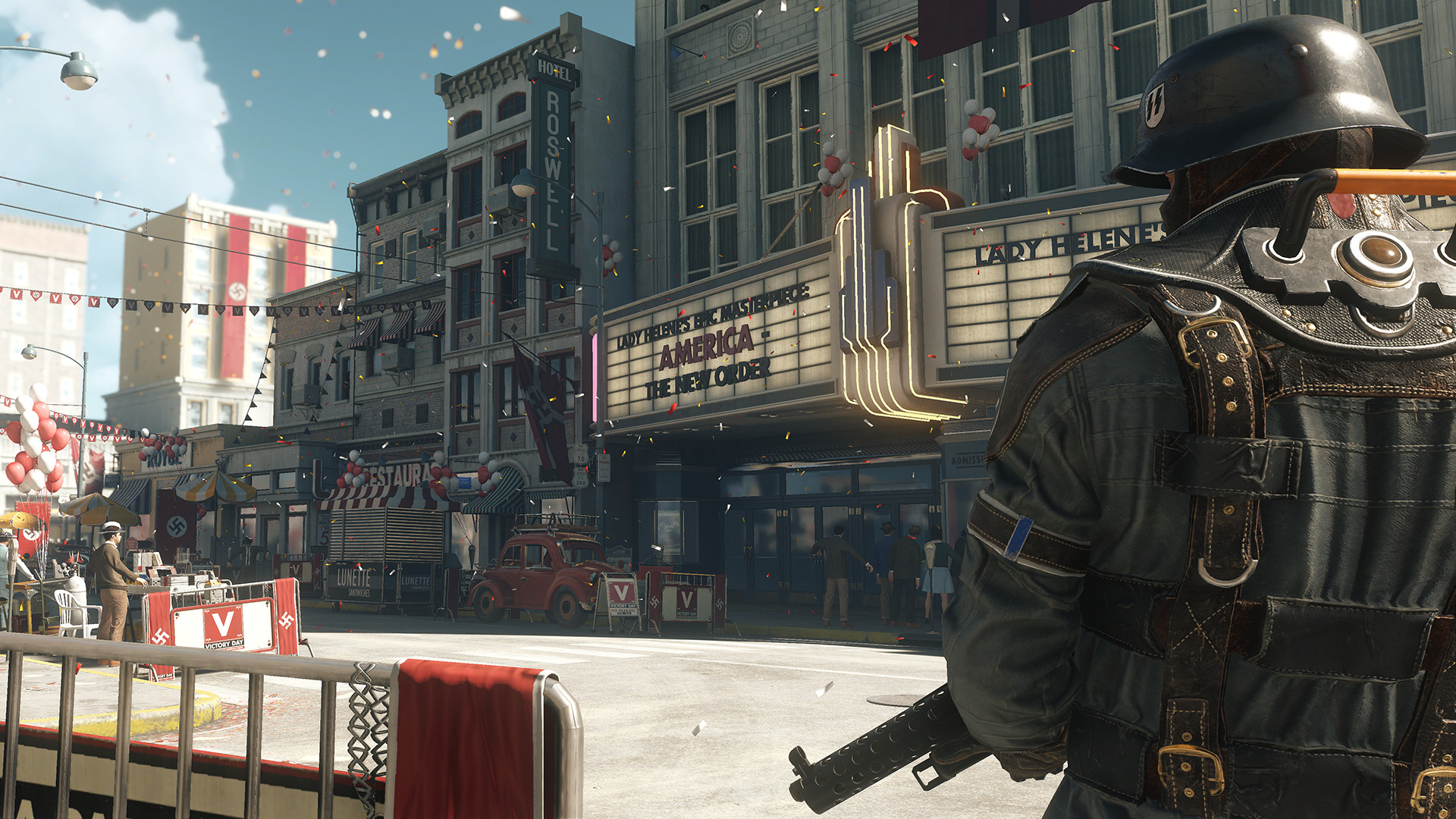
Then there's another layer of complexity. If our patchwork universe started with a Big Bang, what if others sprung up nearby? The level II multiverse contains many disconnected bubbles of Hubble spheres, each with their own physics, particles and dimensions.
Might help to explain some of Wolfenstein's paranormal activity.
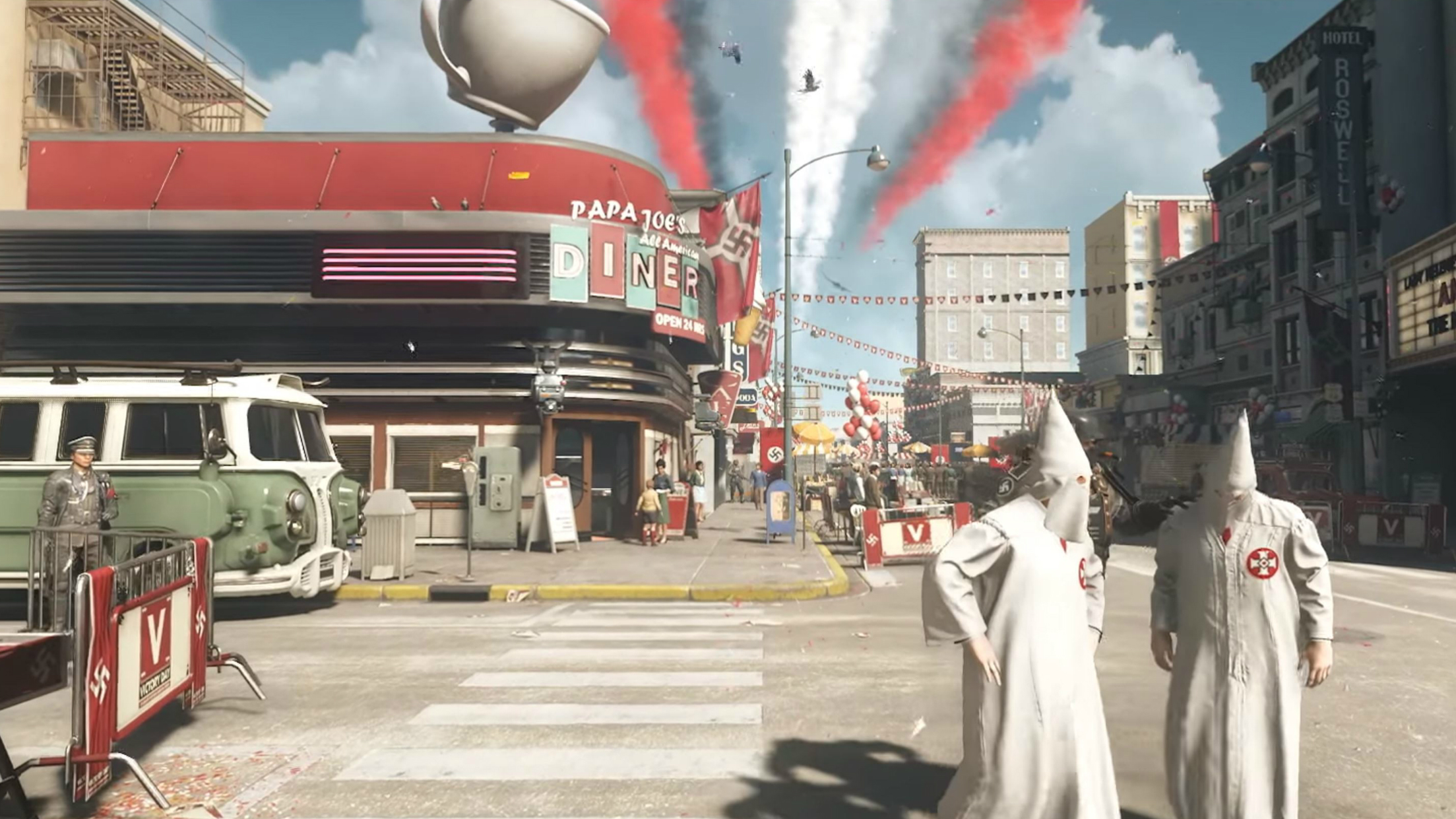
At Level III things go quantum. Physicist Bryce DeWitt (Bioshock, anyone?) suggested that every quantum possibility has it's own parallel universe. If particles can be in more than one place at a time, why can't we? And why can't a whole universe?
And at Level IV, things get weird, extending beyond the laws of physics.
Whichever type of multiverse Wolfenstein occupies, their world has gone in a very different direction to our own.
Parallel technology
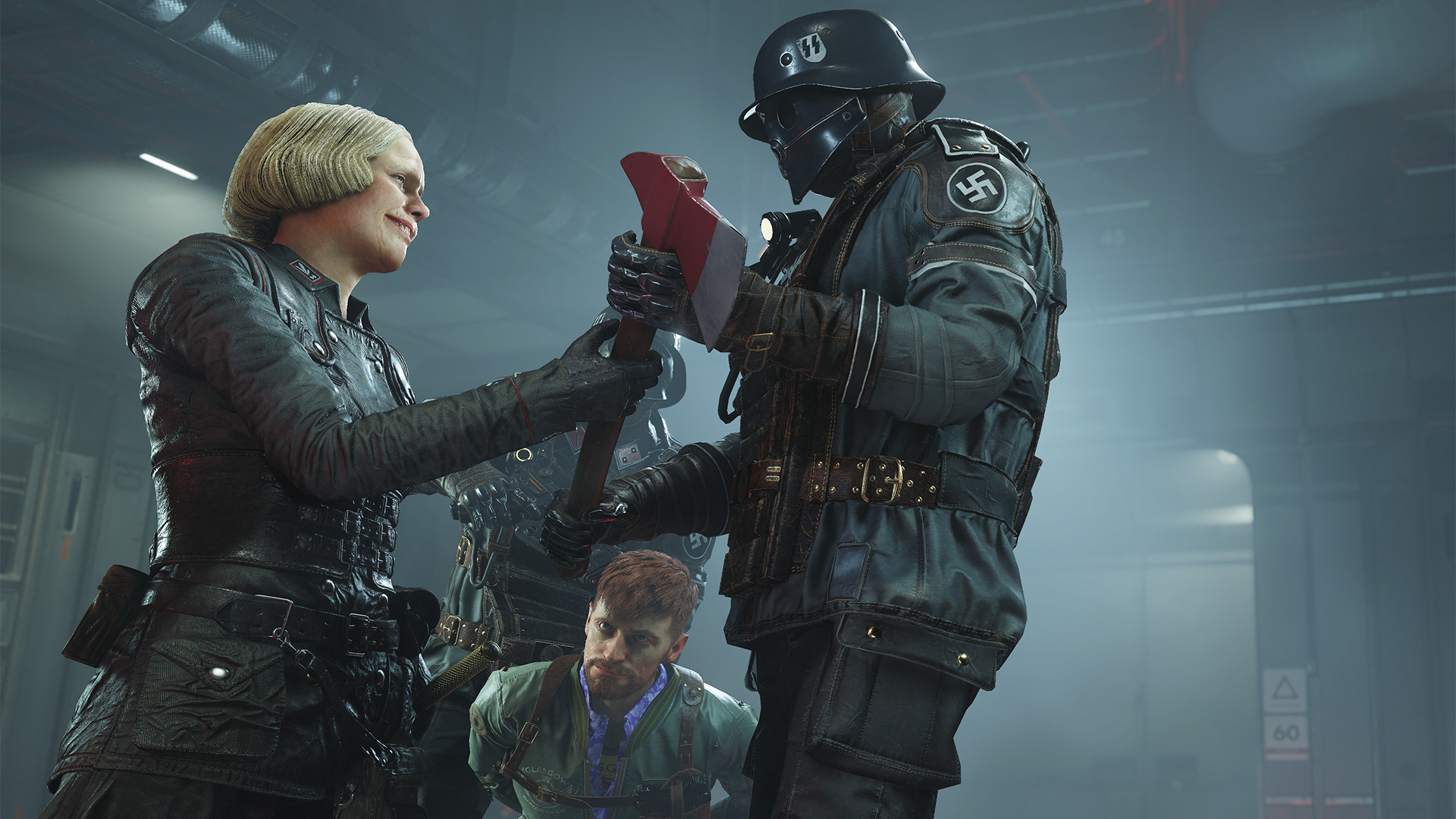
Wolfenstein's parallel universe gives the developers license to bend the rules of science and history. The latest game has an arsenal of fictional tech to play with.
The previous game took its toll on protagonist, BJ Blazkowicz. He begins his latest ordeal in a German U-boat in a combat scene inspired by wheelchair skaters.
BJ's wood and metal chair is arm-powered and low-tech, but don't let that fool you. Advances in this universe came thick and fast elsewhere.
New Order ally Caroline Becker upgraded from a wheelchair to a power suit in the previous game, and the Da’at Yichud is back for a second showing. It restores leg function via neural interface, and comes packed with biomechanical upgrades.
Mech suits that reverse paralysis sound like the stuff of fiction. But, in real-world Geneva, scientist Gregor Courtine and his team are trialling similar tech on paralysed rats.
‘Project Rewalk’ activates damaged spinal nerves using a combination of chemicals and electricity. With neuroprosthetics, a harness and intense physio, the rats are learning to use their legs again.
Back in the Wolfenstein universe, tech has already moved one step further.
Power suits and exoskeletons
Paralysis-reversing neural interface aside, there are three gadgets in the game that have us excited.
The Battle Walker - combat stilts that make scaling obstacles a breeze. The Ram Shackles - hydraulic arms for a supercharged punch. And the Constrictor Harness - body-moulding compression armour for squeezing into impossible spaces.
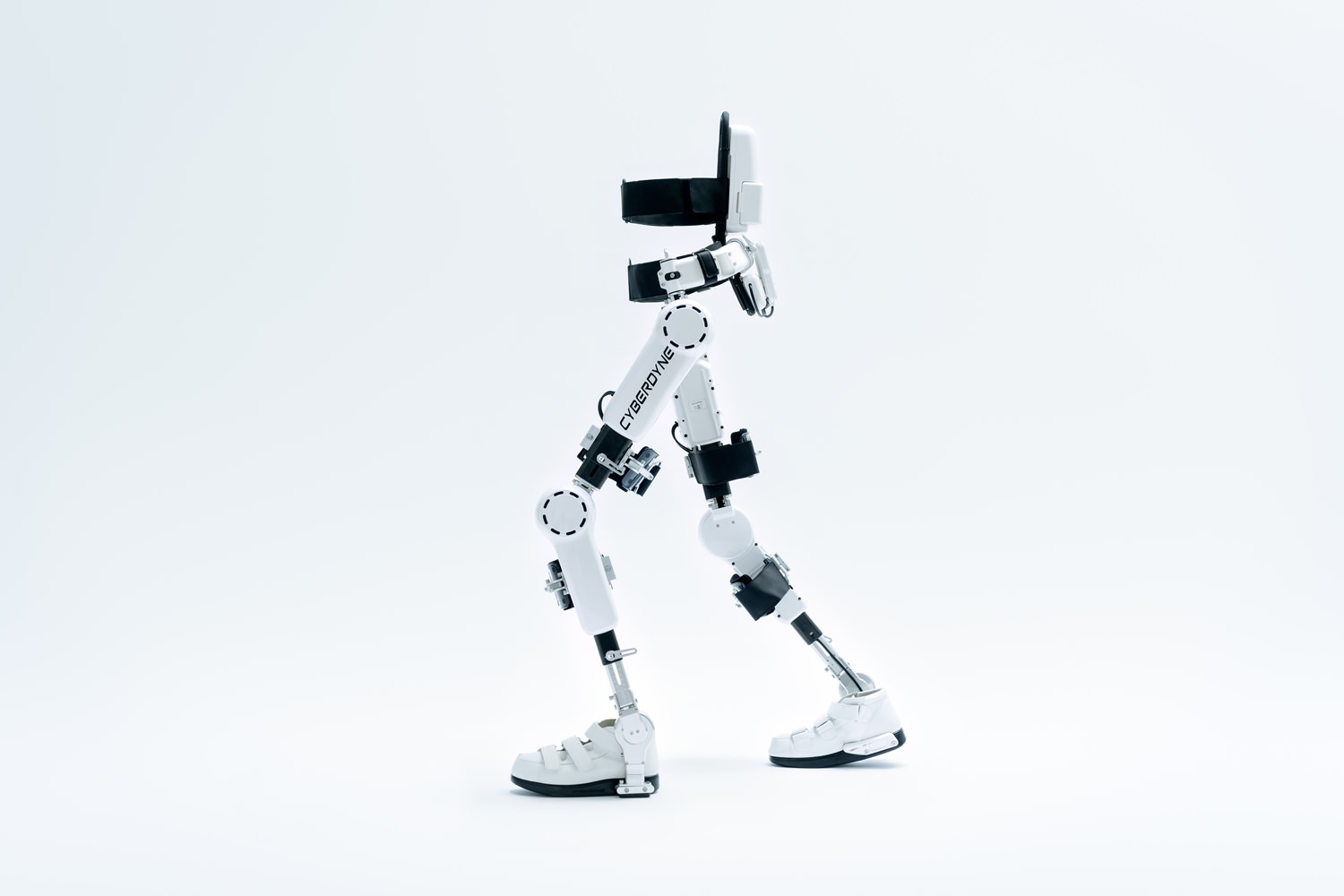
If you’re looking to build your own power suit, you could start with Cyberdyne’s Hybrid Assistive Limb (HAL). It picks up muscle signals using EMG sensors on the legs and arms, and moves when you think about moving.
Next, you could add the student-designed Skeletronics ‘extreme-exoskeleton’ to emulate the Battle Walker. It's tethered to your limbs by mechanical links that copy and exaggerate every movement. And, it looks like a Dishonoured Tallboy.
For the Ram Shackles, how about a Titan Arm? Developed by another student team, it's got a motorised elbow that supplies 18kg (40lb) of extra lift.
And for the Constrictor Harness, you could try the Exogen Exoskeleton, designed for compression during exercise. Ok, so you won't be able to squeeze through pipes, but squashing your body without pulping your innards is tough.
Cathie Jung has whittled her natural midriff down to 38.1cm (15 inch) with the help of a corset. But, Wolfenstein-scale compression sounds like level IV multiverse physics to us.
Energy weapons and lasers
Bethesda have promised double the firepower for this iteration of Wolfenstein. And everything comes with the promise of an upgrade.
For the most part, Wolfenstein’s guns sit within the small arms timeline of our own universe. The Sturmgewehr mirrors the World War II StG 44 rifle and the Maschinenpistole the MP40 SMG. But there were some advances in this universe that predate, or even exceed, advances made in our own.
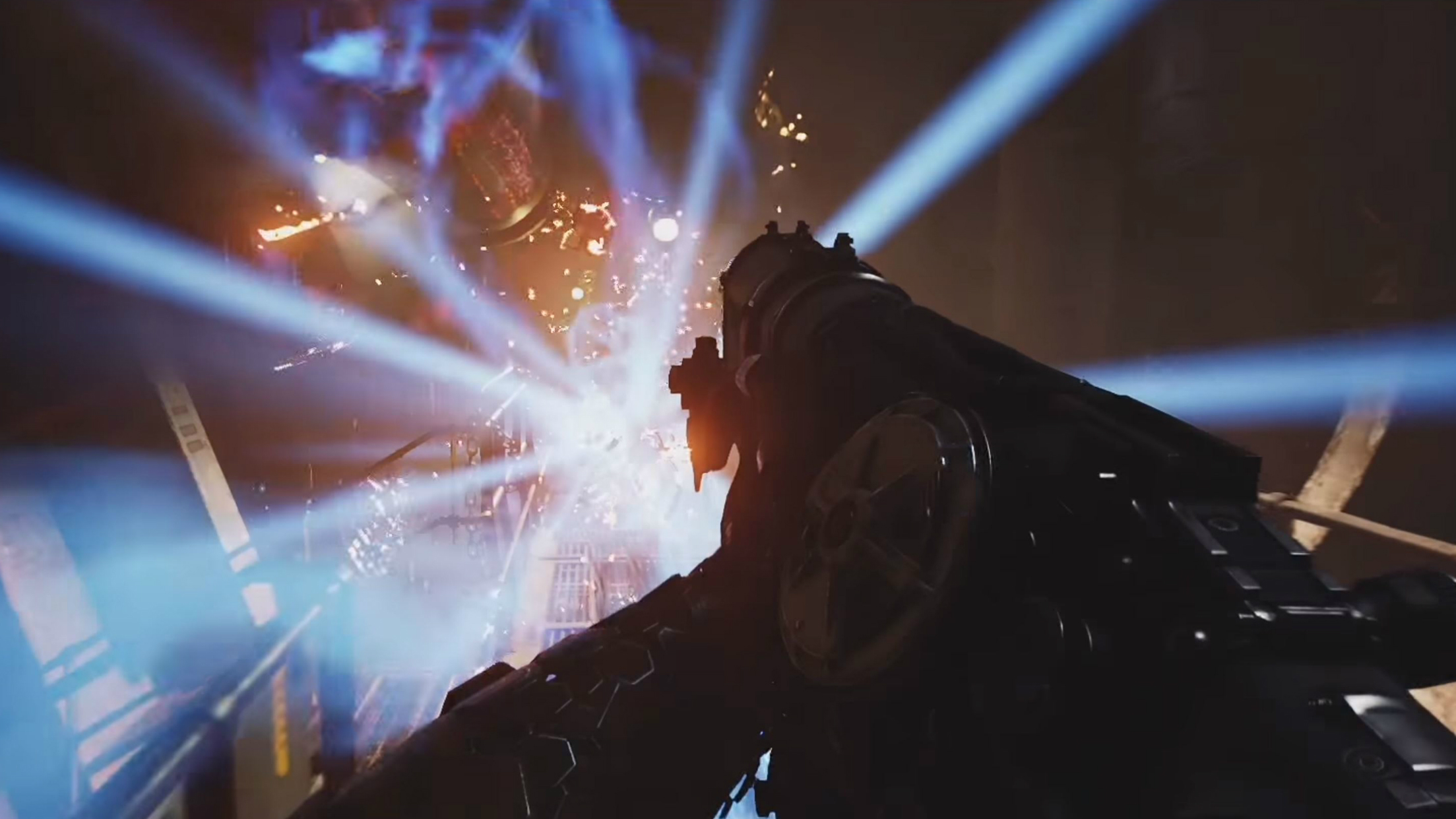
Wolfenstein's Nazis have directed-energy weapons. Lasergewehr crumble enemies to dust and microwave emitters turn bodies to pulp. These represent serious advances for the time.
In our reality, the first laser wasn’t even up and running until 1960 and they weren't immediately weaponised. Sure, even weak lasers can be blinding (using them for this purpose in warfare is banned).
Real laser weapons, like the US Tactical High Energy Laser (THEL) and the British Laser Directed Energy Weapon (LDEW) are designed to heat missiles, melt bombs and take down drones. But their use on the battlefield remains experimental to this day.
Cyborgs and supersoldiers
Wolfenstein scientists have also outstripped their real-world counterparts in robotics. The Nazis of this universe are SuperSoldaten with chemical and cybernetic upgrades. Alterations to their brains make them meaner, and they come equipped with a jet pack.
For this game, they've been joined by the UberSoldat, who move fast, jump high and shoot lasers. Oh, and they've got chest cannons.
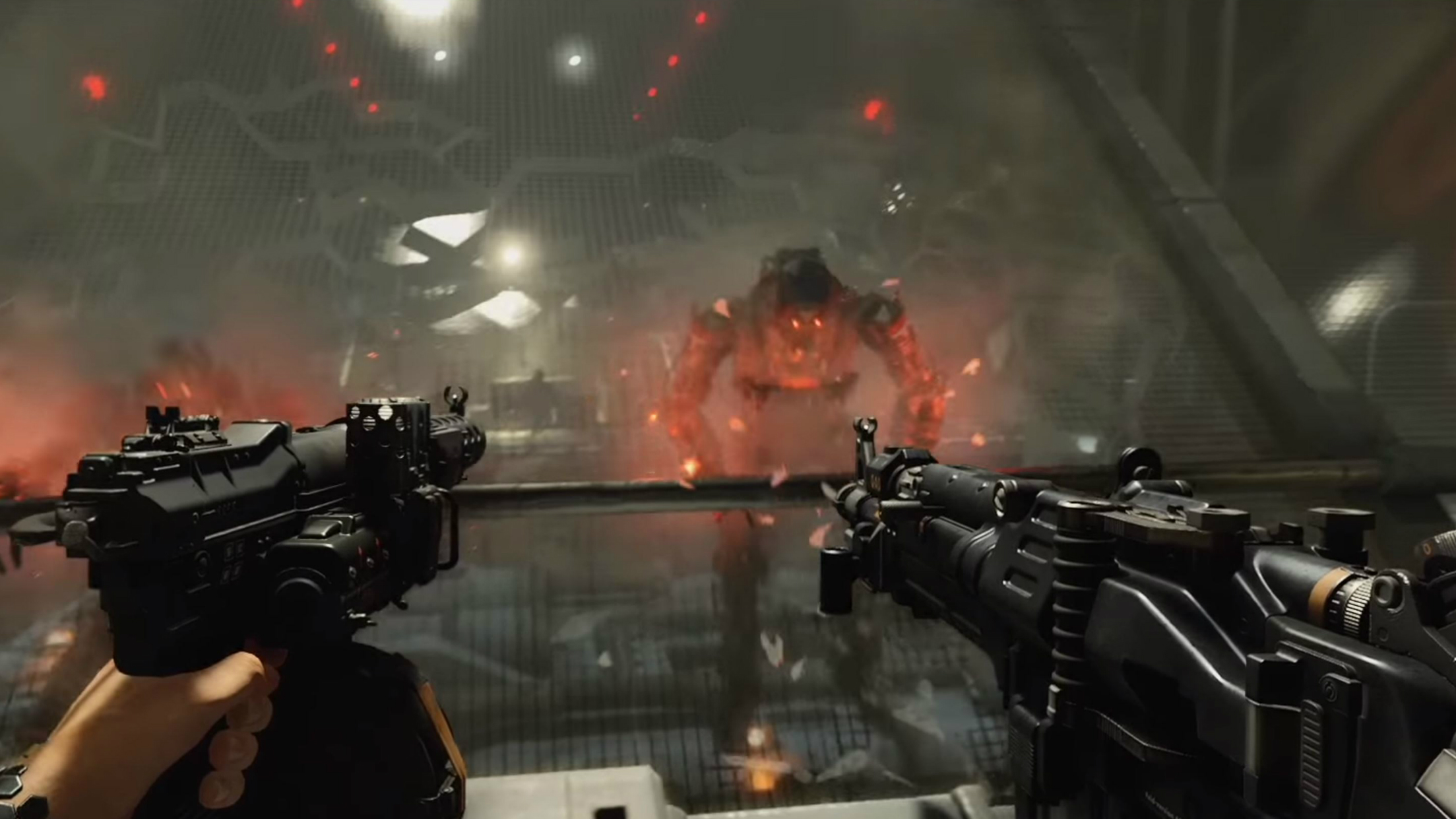
Back in reality, war remains mercifully cyborg-free. But this month saw a bone-chilling face-off between US and Japanese battle robots. And it's only a matter of time until bots make it onto the battlefield.
Wolfenstein's augmented soldiers are flanked by Kampfhunde and Panzerhunde. The former, armour-plated dogs. The latter, four-legged robotic tanks with flamethrower jaws. And these are creeping closer to reality.
BigDog, made by Boston Dynamics, is a petrol-powered packhorse on hydraulic legs. It's got a little brother, Spot, and a cousin, Kodlab's Rhex, ‘the parkour robot’.
Cute now, but another step on the road to this...

The new game is a direct sequel to the last one, and don’t worry if you’ve not played it, MachineGames have promised to get you up to speed.
BJ is back. The Nazis need defeating, again. And the game is out October 27 2017.

